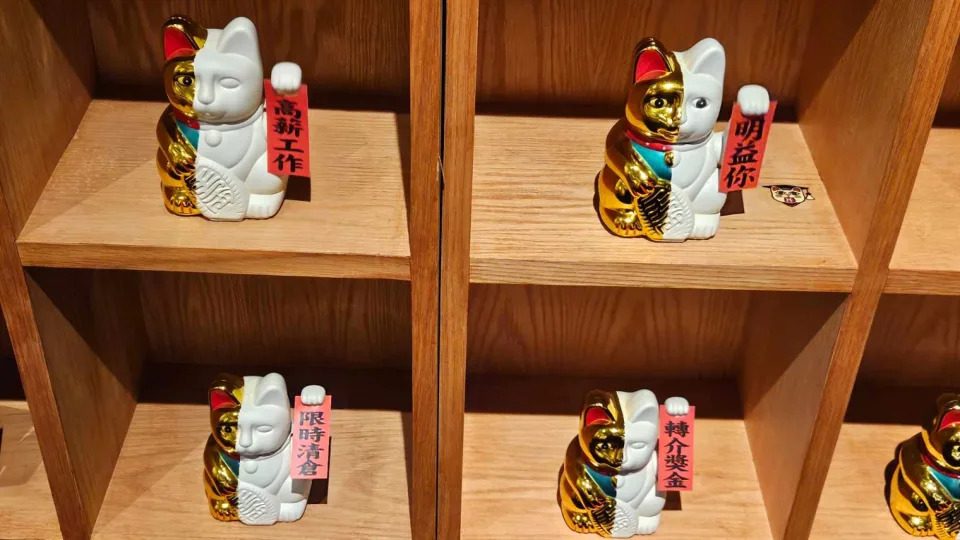January 22, 2025

HSBC said it is stepping up its efforts to stop scammers and increasing its spending on anti-fraud technology, as the lender unveiled a new alert system that aims to protect online banking users.
The number of suspicious transactions stopped by Hong Kong's largest bank in the past year increased by more than 50 per cent, while its investments in fraud-countering technologies rose by a double-digit percentage over the same period, it said.
"Fraud undermines trust in banking services, which is why ensuring our customers feel secure is our top priority," Luanne Lim, CEO of HSBC Hong Kong, said on Thursday at the launch of an educational exhibit about scams.
Do you have questions about the biggest topics and trends from around the world? Get the answers with SCMP Knowledge , our new platform of curated content with explainers, FAQs, analyses and infographics brought to you by our award-winning team.
HSBC's new alert system, set to launch in the first quarter, flags suspicious activity such as unusual transaction amounts or payments to newly added accounts. It allows payers to review and confirm such remittances before completion. The system can also freeze suspicious transactions for a short period, allowing enough time for users to calm down and think twice.

HSBC Hong Kong CEO Luanne Lim speaks at the launch of the lender's Fraud University exhibition on January 23, 2025. Photo: Leopold Chen alt=HSBC Hong Kong CEO Luanne Lim speaks at the launch of the lender's Fraud University exhibition on January 23, 2025. Photo: Leopold Chen>
HSBC's Fraud University exhibition, at the K11 Musea shopping centre in Tsim Sha Tsui from Saturday to February 16, aims to educate the public about common plots swindlers use to separate people from their money.
Meanwhile, the Hong Kong Monetary Authority (HKMA) called on banks to allow customers to disable online banking functions that they do not need to minimise the risk of deception.
"Banks have to offer more choices to customers," Arthur Yuen, HKMA deputy CEO, said at the event. "They should be allowed to disable or limit the use of certain functions that they do not need."
For example, certain customers may not need the ability to make payments to third parties, he said, implying that shutting off the feature reduces vulnerability to fraud attempts.
"By offering more choices to customers, banks provide them with more protection," Yuen said.
The number of deception cases in the first 11 months of last year surpassed the total in 2023, Yuen said, citing police figures.
Since August, 32 banks and 10 operators of stored value facilities (SVFs) have been included in an anti-fraud network in collaboration with the police.
The banks and SVF operators in the network alert users when they are attempting to pay accounts that are suspected of scam activity, whether via banking apps or physical branches.

The fraud exhibition adopts creative ways to educate the public about common scams. Photo: Leopold Chen alt=The fraud exhibition adopts creative ways to educate the public about common scams. Photo: Leopold Chen>
Scanning of suspicious fraud-related accounts is conducted by the force's "Scameter" search engine, which is designed to check web links and bank accounts suspected of involvement in scams.
The arrangement was extended to automatic teller machines in December.
The mechanism is expected to cover 84 per cent of transactions in Hong Kong, the HKMA said.
The city's de facto central bank in December launched its Money Safe plan , which allows account holders to lock all or part of their money to avoid unauthorised transactions.
Additional verification procedures will be necessary to transfer funds that have been locked up using the optional feature. For example, a bank might require verification in person at a branch, creating a touch point between staff and customers as a safety measure.
This article originally appeared in the South China Morning Post (SCMP) , the most authoritative voice reporting on China and Asia for more than a century. For more SCMP stories, please explore the SCMP app or visit the SCMP's Facebook and Twitter pages. Copyright © 2025 South China Morning Post Publishers Ltd. All rights reserved.
Copyright (c) 2025. South China Morning Post Publishers Ltd. All rights reserved.